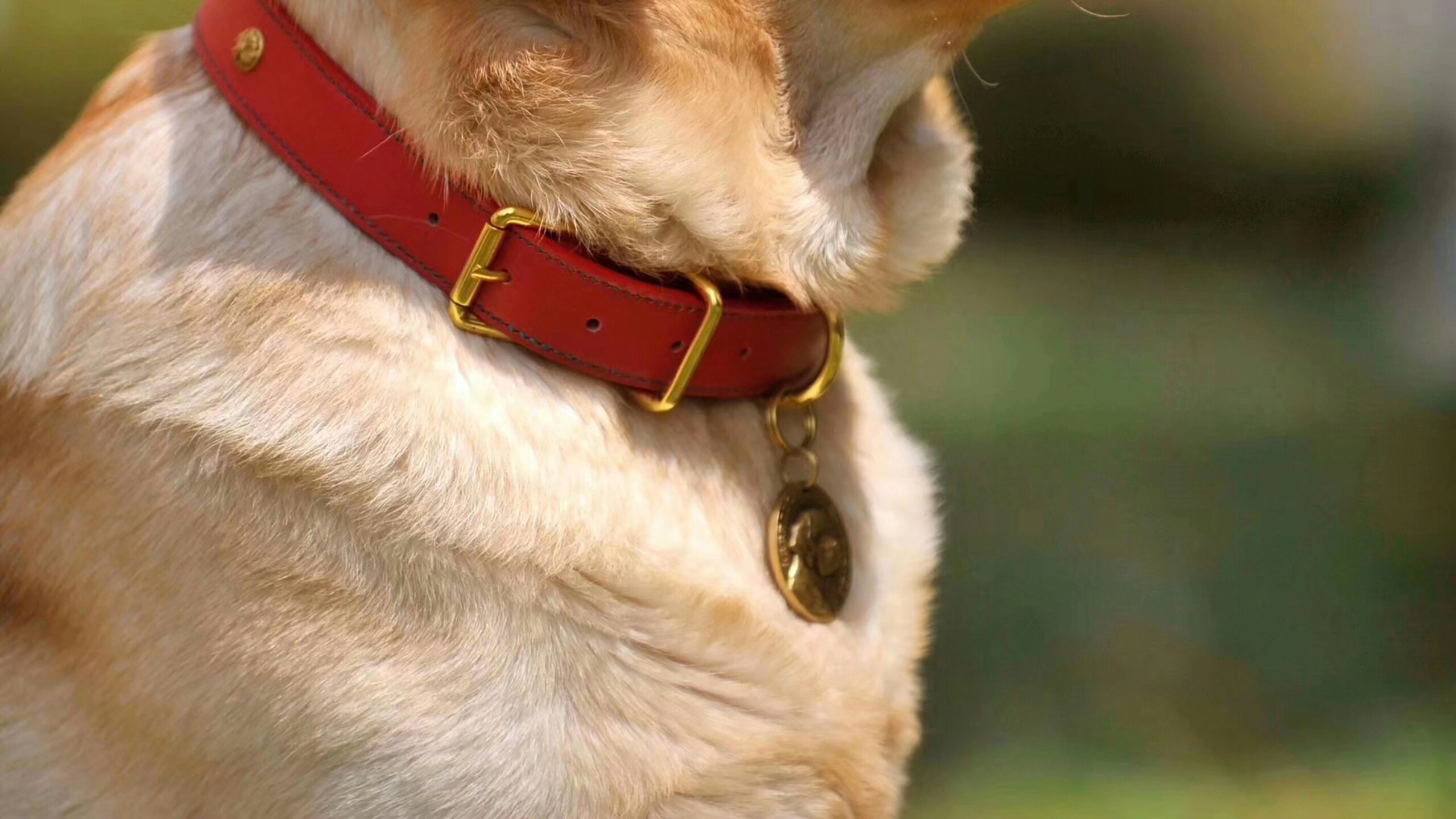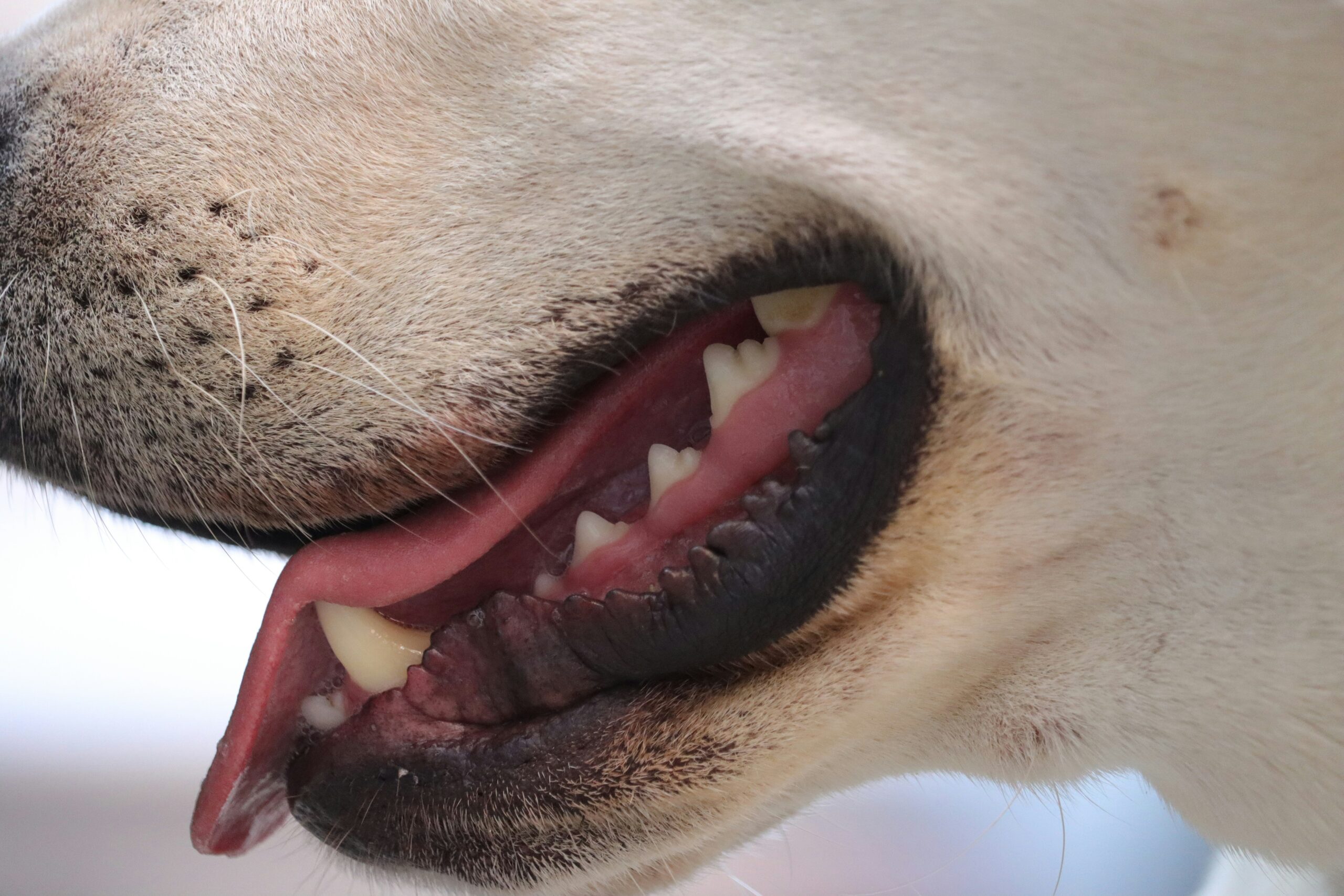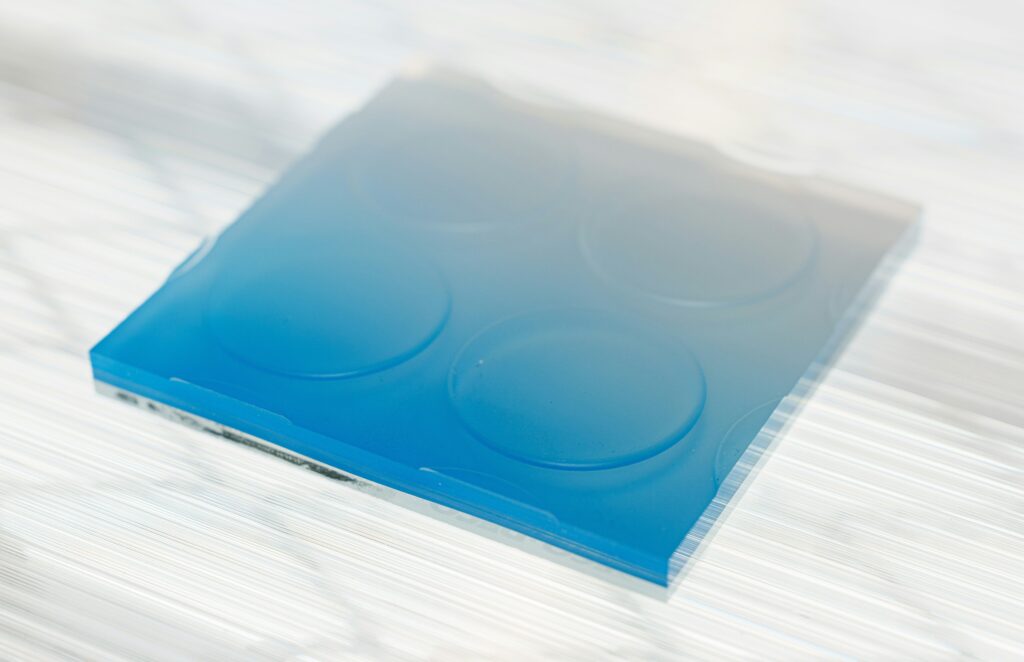Ever watched your pup gnaw on a chew toy and thought, “Is this thing secretly sabotaging their teeth?” It’s not paranoia—it’s a valid concern. Many pet toys aren’t made with dental health in mind, leading to chipped teeth or worse. But don’t worry; there’s hope for your furry friend’s pearly whites! In this post, you’ll learn why Tooth-Friendly Materials matter so much, how to choose the right toys, and some tips that’ll have tails wagging (and gums smiling).
Table of Contents
- Why Tooth-Friendly Materials Matter
- How to Choose Dental Toys Wisely
- Top Tips for Caring for Your Pet’s Teeth
- Real-Life Examples: Success Stories & Failures
- Frequently Asked Questions About Dental Toys
Key Takeaways
- Choosing toys made from tooth-friendly materials can prevent dental damage.
- Not all rubber or plastic is created equal—quality matters!
- Avoid cheap imports without clear material safety information.
- Dental toys paired with proper care routines yield long-term benefits.
Why Tooth-Friendly Materials Matter
Pet parents often overlook one critical detail when shopping for chew toys: the material itself. I once bought what looked like a durable rubber ring for my golden retriever, only to realize later it was made of hard PVC. Fast forward two weeks, and he came running up to me yelping—with a broken canine tooth. Yikes. That moment taught me an expensive lesson: it’s not just about durability; it’s about being gentle on teeth while still doing the job.

Pets deserve better than toys that hurt more than they help.
Sensory overload here: Imagine the sharp crack of enamel hitting a tough surface. Think about how painful that must feel. Now picture your loyal companion trying to smile through gritted teeth (literally). Yeah. Not cute.
How to Choose Dental Toys Wisely
Optimist You: “Just pick something soft-looking!”
Grumpy You: “Oh sure, because every squishy toy screams ‘durable’…”
Picking the right toy isn’t rocket science—but it does take attention to detail. Follow these steps:
Step 1: Check Material Composition
Look for labels like “natural rubber,” “BPA-free silicone,” or “TPR (Thermoplastic Rubber).” These are flexible yet sturdy enough to resist breaking under pressure. Bonus points if the product explicitly states “safe for dental use.”
Step 2: Test Flexibility
Before purchasing, squeeze the toy. It should give slightly but bounce back into shape. If it feels rock-hard, steer clear unless specifically designed for aggressive chewers (and even then, proceed cautiously).
Step 3: Read Reviews Like Sherlock
Don’t just skim reviews; dig deep. Look for comments about durability, any reports of teeth issues, and whether customers mention “peace of mind.” Brands like West Paw and KONG are often praised for using high-quality materials.
Top Tips for Caring for Your Pet’s Teeth
If you’re ready to level up your pet parenting game, check out these pro tips. (Spoiler alert: One involves throwing coffee cups across the room—but we’ll get there.)
- Rotate Toys Regularly: Just like humans need variety, pets do too. Swap out old favorites for new ones to keep things fresh—and reduce overuse injuries.
- Pair Toys With Treats: Stuff treat-dispensing toys with peanut butter or dental chews to encourage longer play sessions.
- Keep Tabs on Wear: Inspect toys frequently for cracks, tears, or missing parts. Anything suspicious? Chuck it. Safety first!
- Terrible Tip Alert: DO NOT assume that cheaper toys are “good enough.” Trust us—those bargain bins are where nightmares begin.
Real-Life Examples: Success Stories & Failures
Here’s a quick example of how choosing wisely paid off big time for my neighbor Sarah:
Success Story: Her pitbull mix, Max, used to destroy every toy within minutes until she discovered a line of TPR-based rings infused with mint scent. Not only did they hold up against his jaw power, but her vet noticed a marked improvement in plaque buildup during his next checkup.
Failure Story: On the flip side, another friend bought a super-cheap nylon bone thinking it would last forever. Turns out, it lasted five minutes—and cost $800 in vet bills. Ouch.
Sound familiar? Let’s move on before this rant gets heated…
Frequently Asked Questions About Dental Toys
Q: What makes a material “tooth-friendly”?
A: Tooth-friendly materials are non-abrasive, flexible, and free from harmful chemicals like BPA or phthalates. They protect enamel while providing stimulation.
Q: Can cats benefit from dental toys?
A: Absolutely! While less common, specialized cat toys exist that encourage chewing and scratching behavior, which helps maintain oral hygiene.
Q: How often should I replace dental toys?
A: Every 3–6 months depending on wear and tear. Keep an eye out for frayed edges or exposed wires.
Final Thoughts
In conclusion, investing in toys made from Tooth-Friendly Materials is a no-brainer for keeping your pet happy and healthy. Whether you’re battling stubborn stains or preventing future problems, small changes today make a world of difference tomorrow.
Remember: Like Tamagotchis, your pet’s dental health needs daily love and attention.
*Chef’s kiss.* 🌟


